Timeline history of Shikkui
A brief history of Shikkui starting in the 6th century (Asuka period) all the way up to modern day usage of this amazing product.
6th Century (Asuka period)
Birth of Japanese Shikkui
Lime plasters were first introduced to Japan from mainland Asia in the 6th century, following the spread of Buddhism. From that time, the lime plasters in Japan continued to develop and evolve independently based on the locally available resources. That is when Shikkui – the Japanese lime plaster was born and started to develop in its unique way.
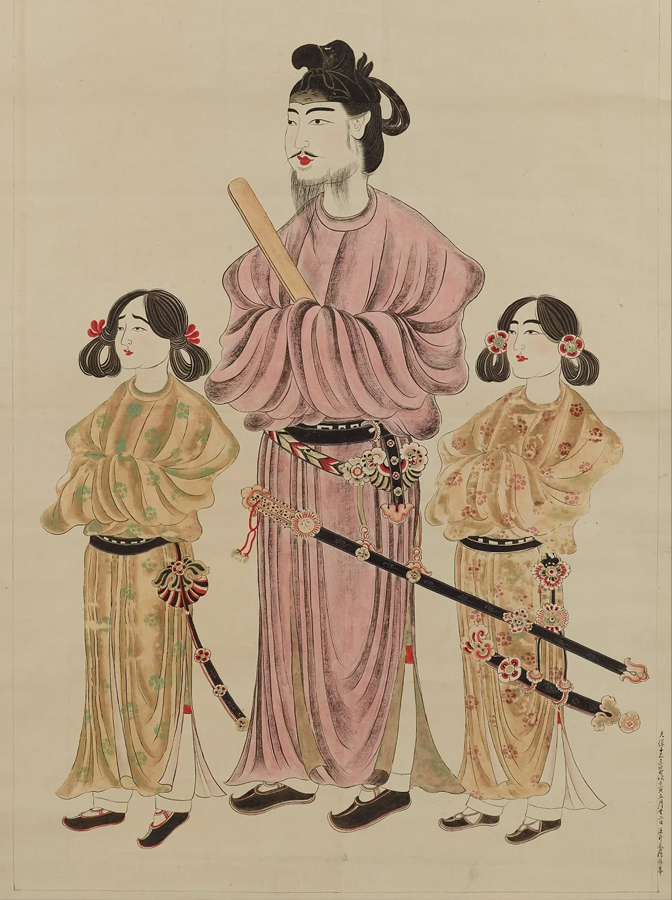
Sengoku Period (16th century)
Seaweed in Shikkui
The discovery of using seaweed as water retention agent and usage of plant fibers to reinforce Shikkui brought a boom in castle construction throughout the 16th century, during Sengoku period in Japan, when the country was in its civil war period for several decades. Shikkui as a finish coat provided a durable plaster coating of the castle walls, which was critical in times of wars, and protected the walls from rain erosion.
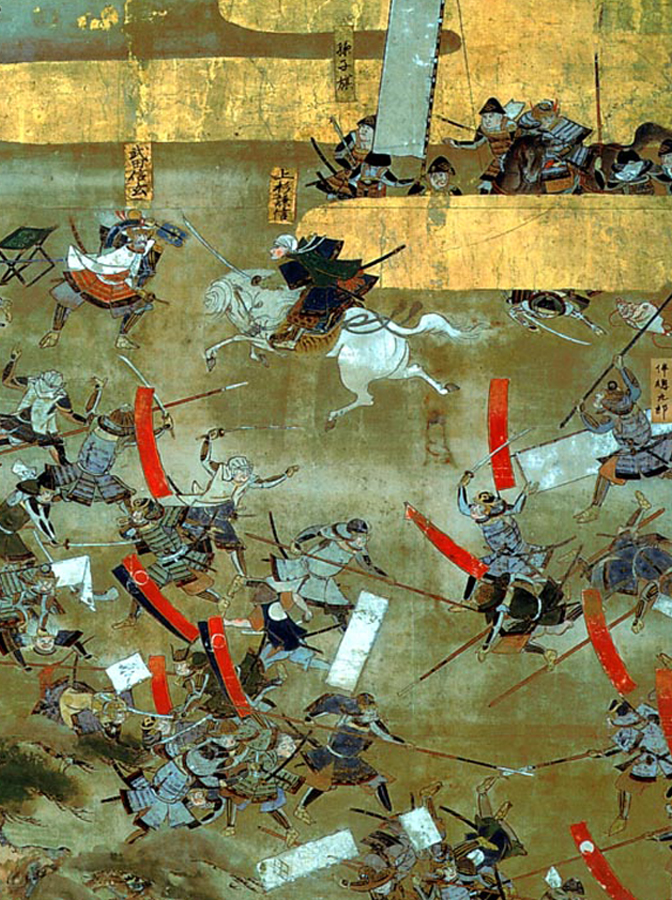
Edo Period (17th century)
Shikkui still a luxury
With the start of the Edo period renaissance, as the united country entered its famous non-military and culture transformation period. With common housing structures still mostly made of wood and sometimes earthen plasters, Shikkui still remained a special luxury finish layer over earthen plasters allowed only to the nobles, upper samurai society.
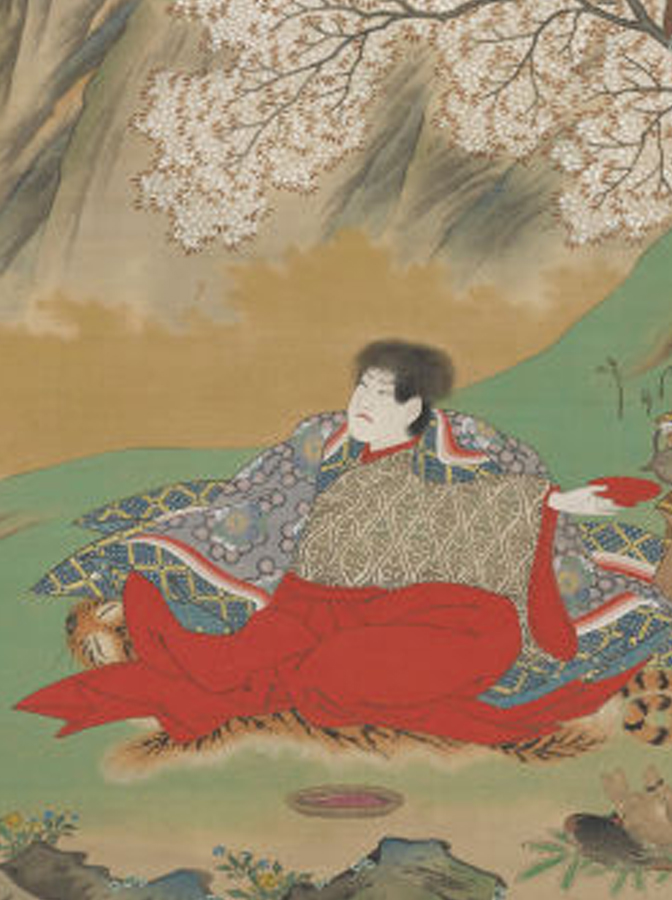
March 2, 1657
Great fire of Meireki
With the growth of population and the spread of wooden housing highly concentrated in Edo (now Tokyo) region, the cases of fire spreading quickly from building to building became very frequent. The infamous Great fire of Meireki destroyed 60-70% of the Japanese capital and killed over 100,000 people. As a result, the the Tokugawa Shogunate allowed Shikkui as finish layer to protect buildings from fire for everyone, not just the nobles. Since that moment, Shikkui started to spread all across Japan for both residential housing and commercial construction, especially merchant warehouses had thicker layer of Shikkui to protect the commodities from fire damage.
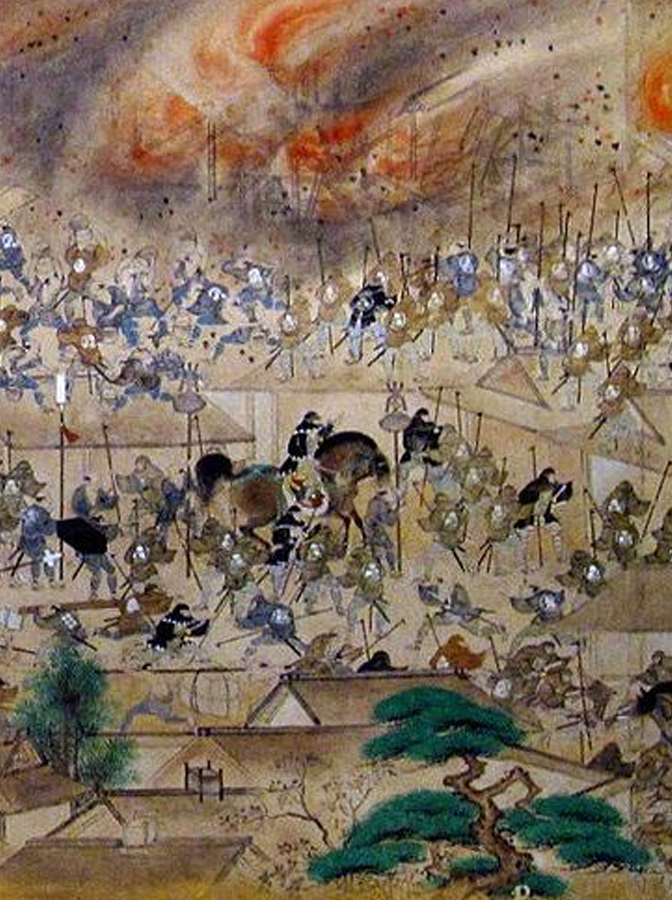
Late Edo Period (18-19th Centuries)
New aesthetic side
The aesthetic side of Shikkui finishes also further developed in Edo period, with the boost in craftsmanship, application techniques and tools. With the exterior Shikkui applications serving as protection and aesthetic purposes, the interior Shikkui coated earthen wall provided both aesthetic and health benefits, enhancing air quality with its anti-bacterial and air cleaning properties, as well as durability.

Meiji period (19th century)
Main finish coatings
During the Meiji period in the 19th century and the reforms in the social structures it brought, Shikkui finishes were also used on western brick constructions in modern design, remaining the main finish coatings once again. Many cultural buildings during that period, which are now classified as national and world heritage, were also mostly finished with Shikkui.
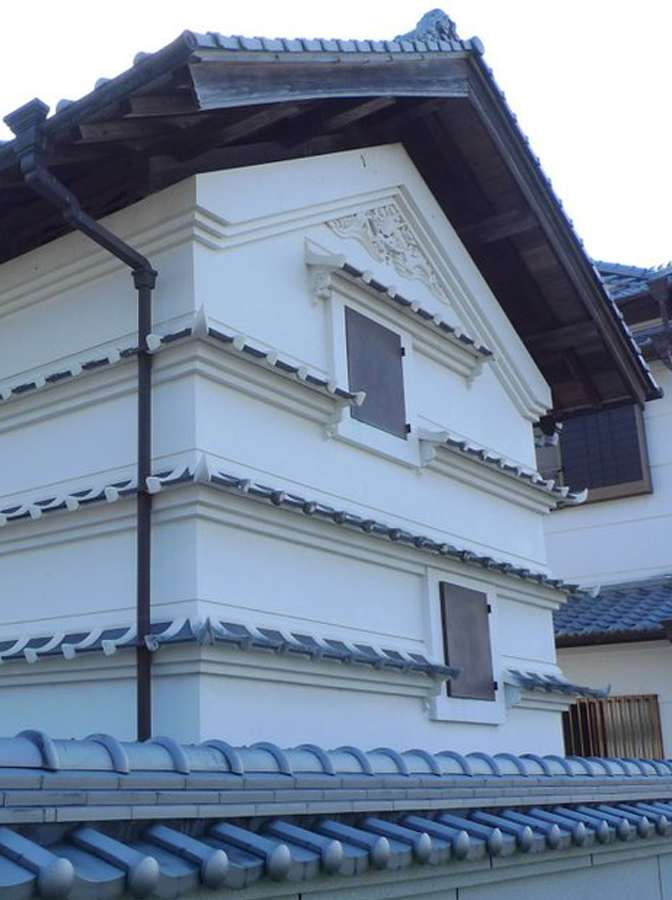
1924
Tagawa Sangyo established
Tagawa Sangyo established by Shichiro Yukihira in the city of Tagawa, Fukuoka prefecture, the region famous for its highly pure limestone deposits.
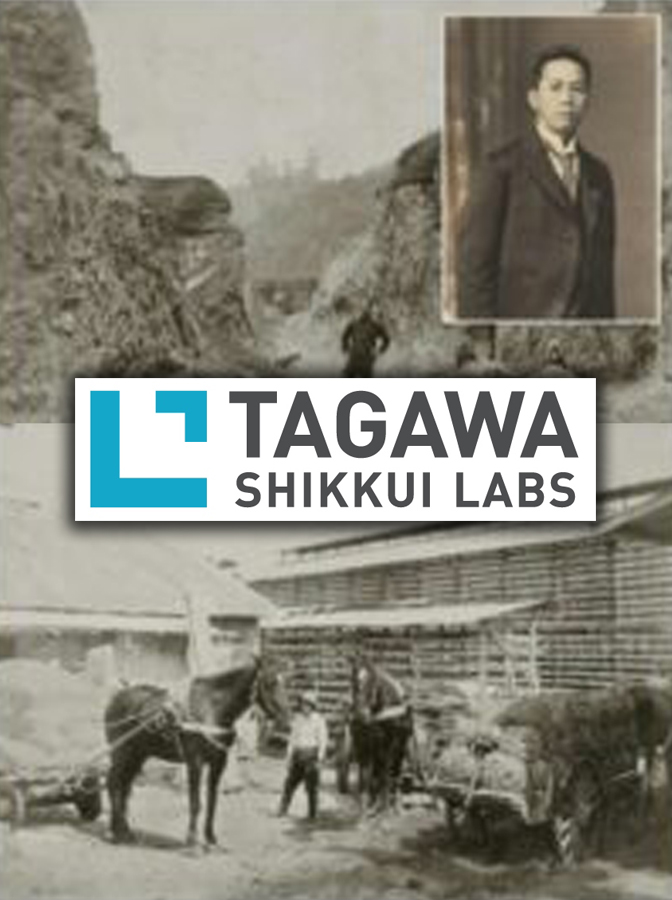
1975
First commercial Shikkui in Japan
Tagawa Sangyo launched the very first premixed commercial Shikkui lime plaster in Japan called Shirokabe. Shirokabe is still the best-selling traditional Shikkui product in Japan.
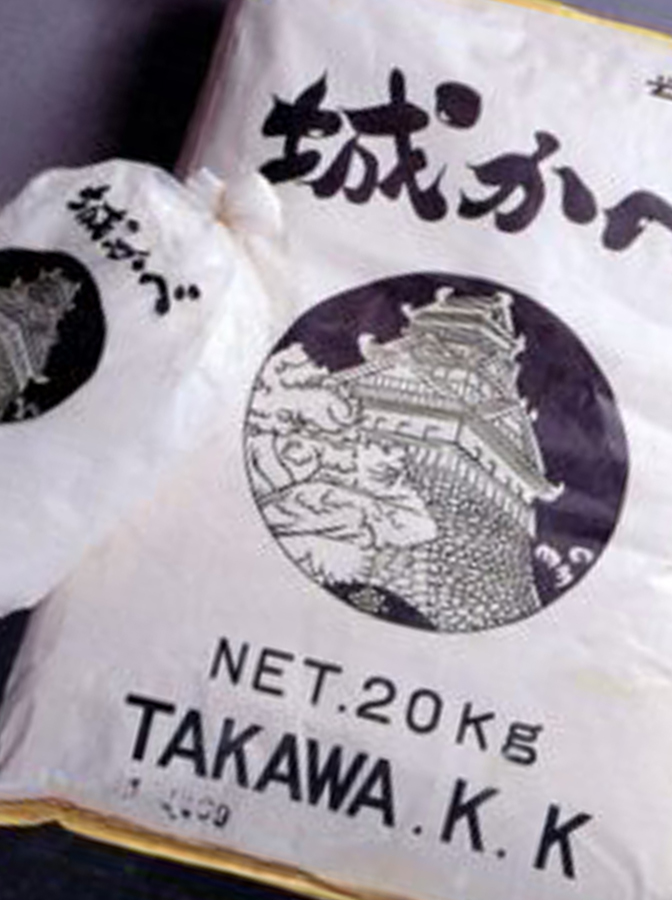
2003
Limix as tile version of Shikkui
While developing a panel-type Shikkui, Tagawa Sangyo applied “geo-mimicry” and created Limix – the tiles made of Shikkui and compressed with extremely high pressure (4,000 tons), without any heating process or binders.

2010
Further innovations
Development of modern Shikkui finishes, including decorative artisan products, sprayable and roller-applied paint-type Shikkui, highly humidity-regulating finishes, DIY Shikkui finishes.
2020
Current and future development
Continuous innovations and improvements of natural Shikkui technologies, with even stronger focus on respiratory health and the environment.
© Shikkui-Europe 2024 | Website designed by John Cole Creative
© Shikkui-Europe 2024
Website designed by John Cole Creative
